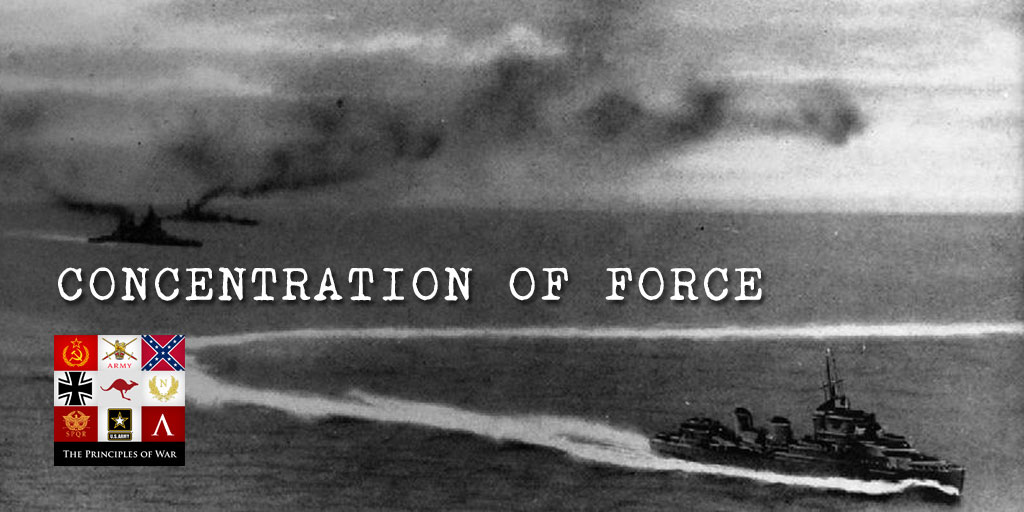If you are viewing this page on a Secured Network, you will not be able to see the webpage podcast player, so the best way to listen to the podcast is either on this page from a civilian PC, visit this page on your mobile phone or download the podcast episode either on an Android podcast player like Castbox or Podcast Addict or on the Apple Podcasts Player from iTunes.
We look at how the Japanese were able to use operational manoeuvre from the sea as a part of their approach to flexibility. We look at their history of amphib operations and how they developed their capability.
We look at the Shanghai Incident and how the IJN demonstrated their already impressive amphib capability.
The Japanese are able to launch 3 independent landings to start the offensive in Malaya.
We look at the Battle of Kampar and how the Japanese assault bogged down and how they were able to respond to a change in the tactical situation. BRIG Paris wanted a more offensive defence. How did Kampar mask the limitations of the Allied forces?
We look at the performance of the British Battalion at Kampar, which differs markedly from that exhibited from a lot of the Allied forces.
How was LT COL Stewart was able to train a Battalion that was able to operate effectively in the jungle. How did he do it? Did he use Mission Command to manage for the difficulties created by jungle fighting.
What are the requirements for mission command and were they displayed within 8th Division.
Check out the show notes for the podcast for images and more details for this and other podcast episodes.








2 comments
Very interesting. The on-going readiness of the Japanese through continual campaigns made them more than ready to fight the Allies. The role of the Indian and Gurgha troops in the battle is appreciated. And the discussion of the take over of Shandong’s Qingdao after WWI as practice for later use in WWII was exceptional.
Lt Col Stewart trained the 2nd Bn Argylls in jungle warfare through out 1941.
Stewart believed the Japanese attack would be overland an not via the sea.
He repetivly trained the Argylls to be the fittest of all regiments and earned them the name of ‘Jungle Beasts’.
Life Magazine photographed their river training along with